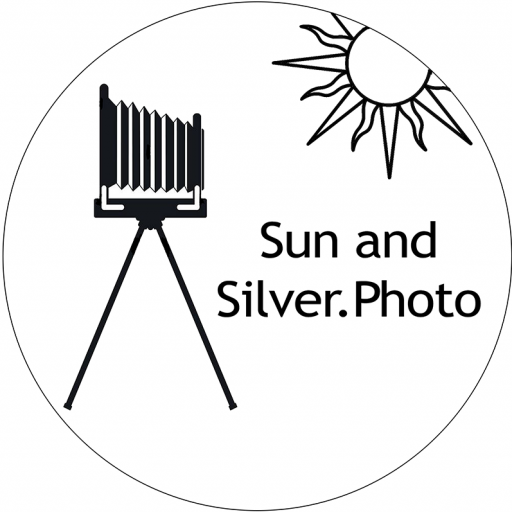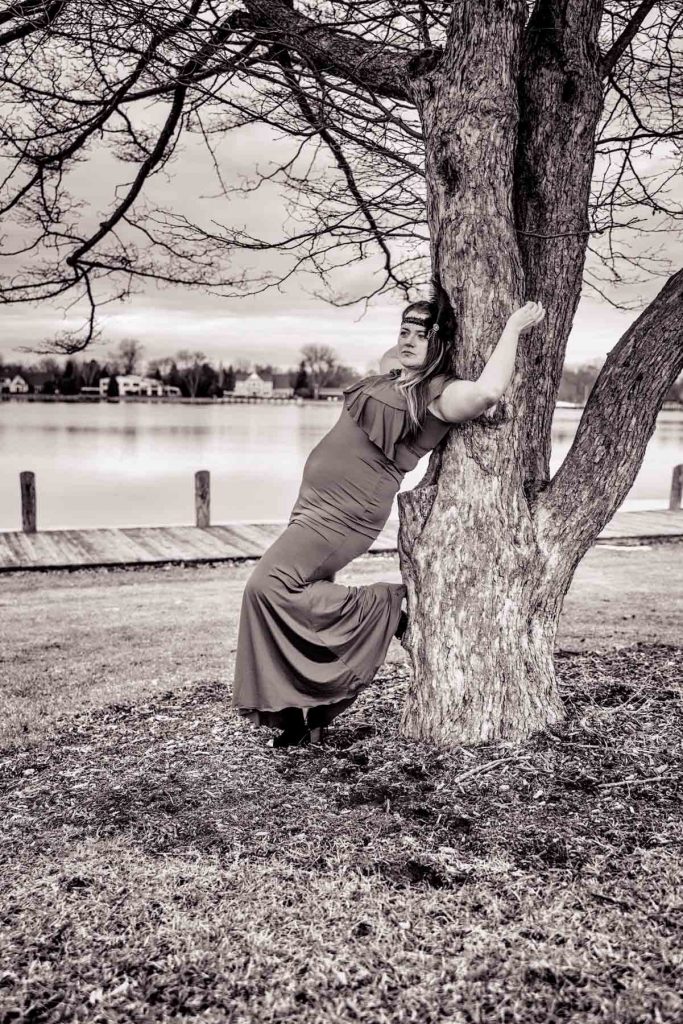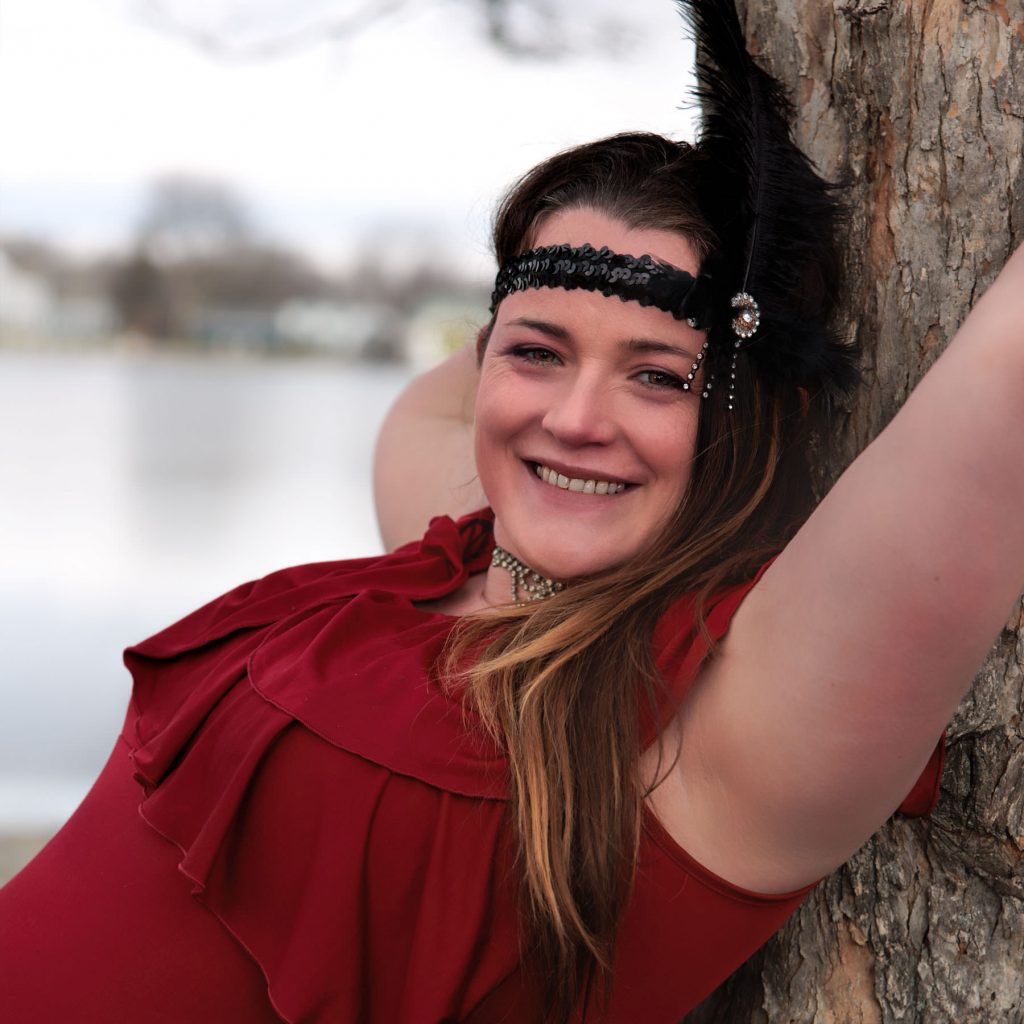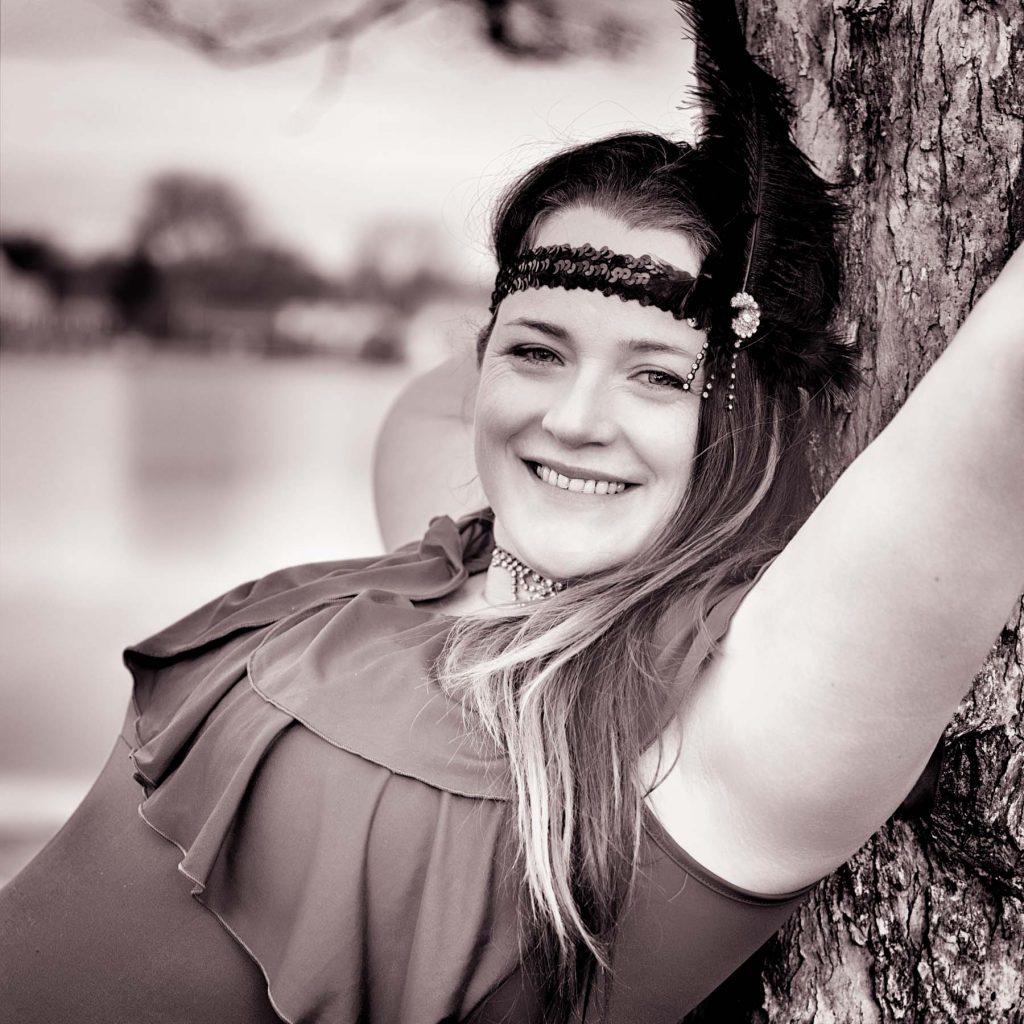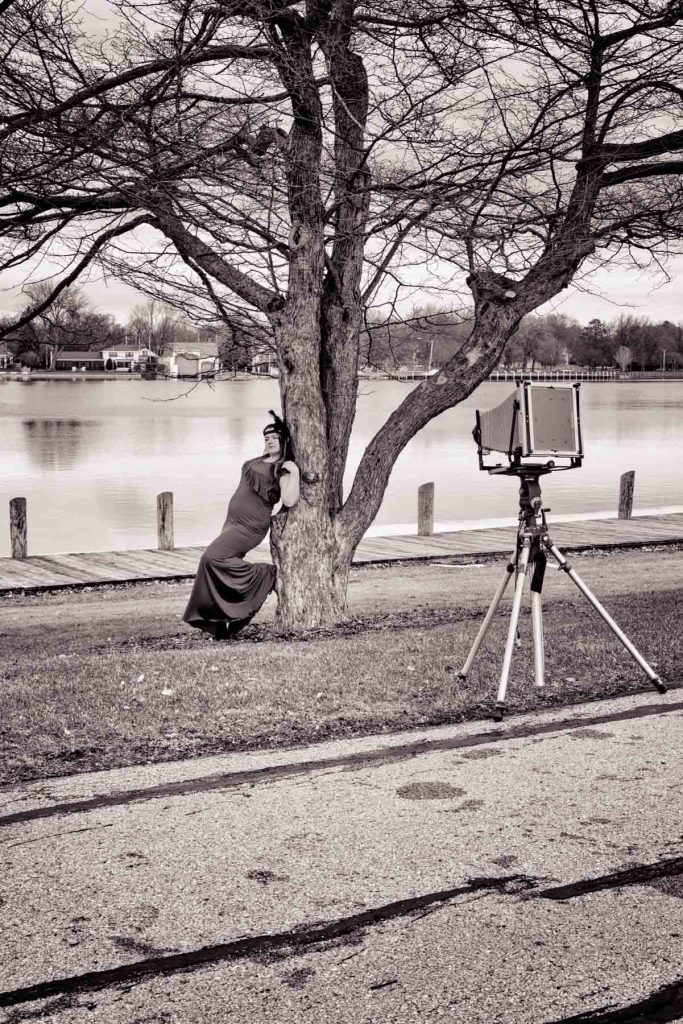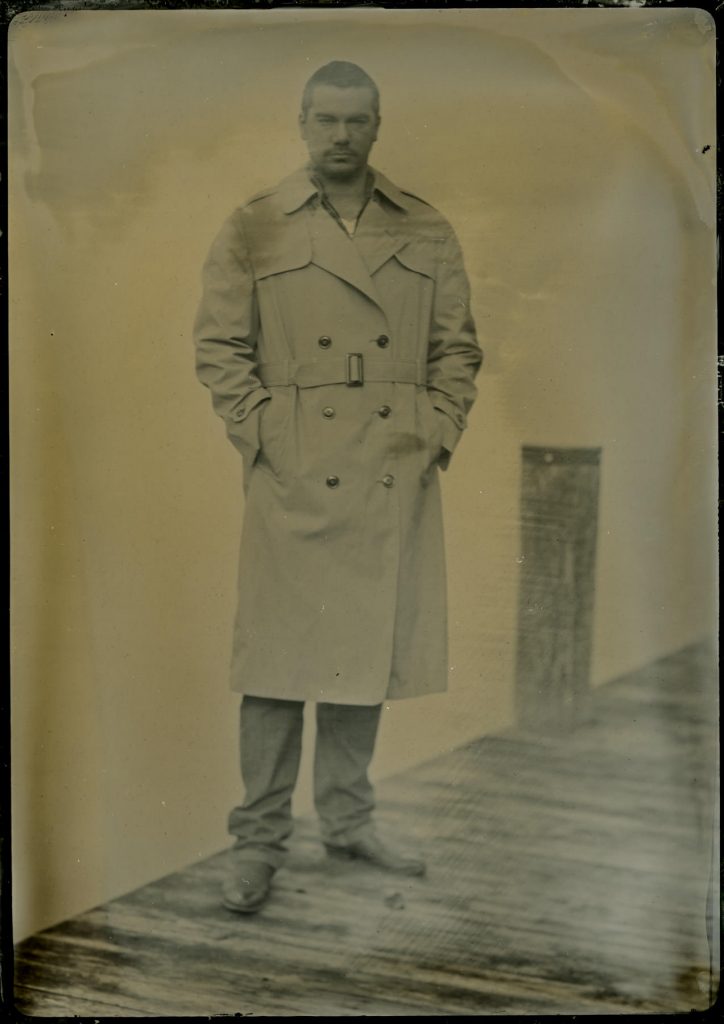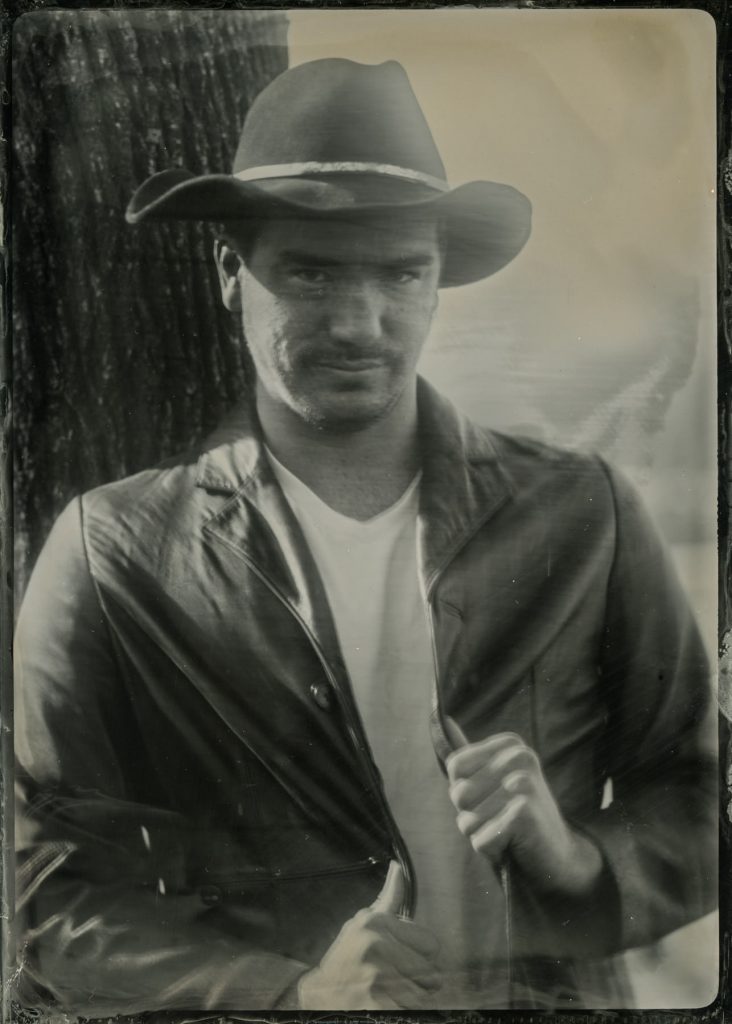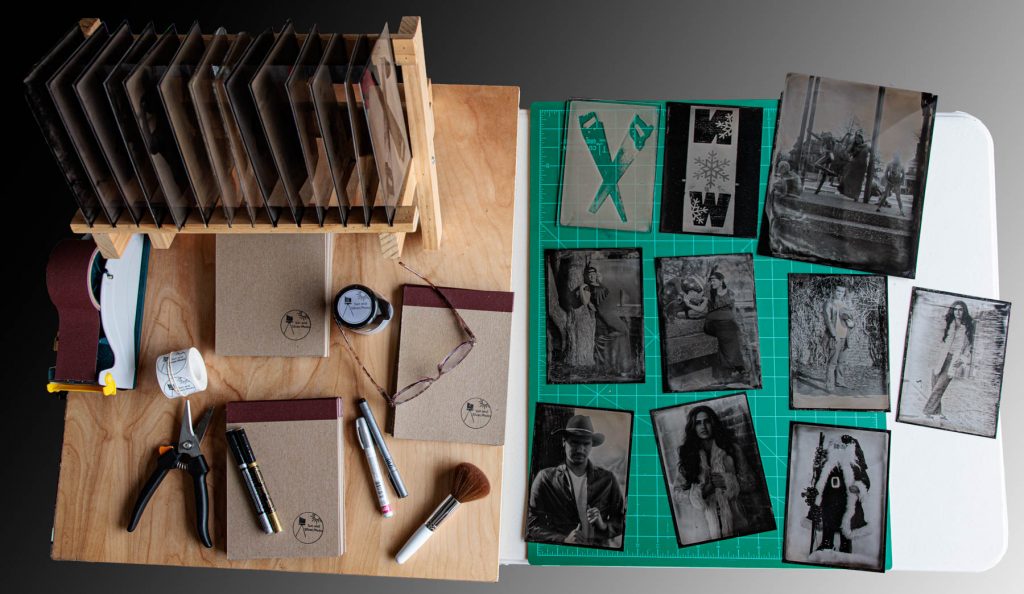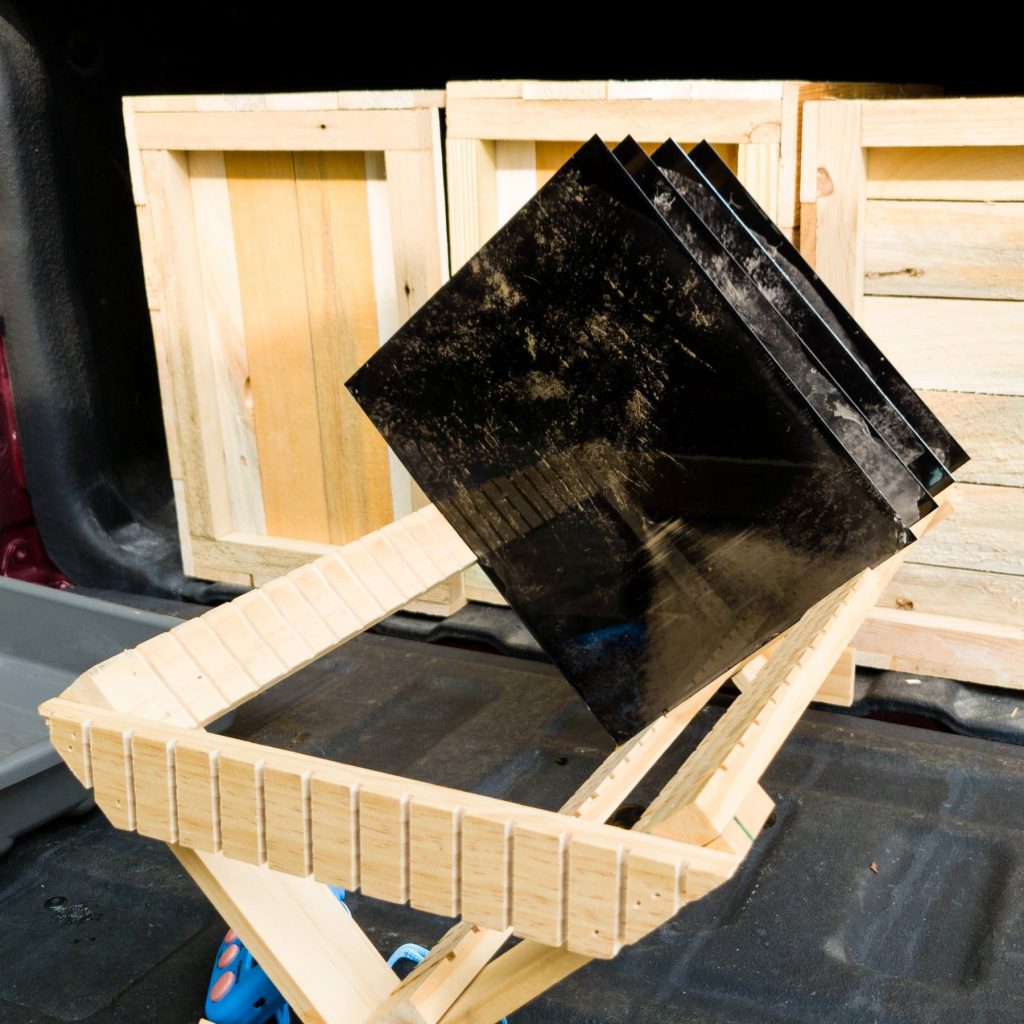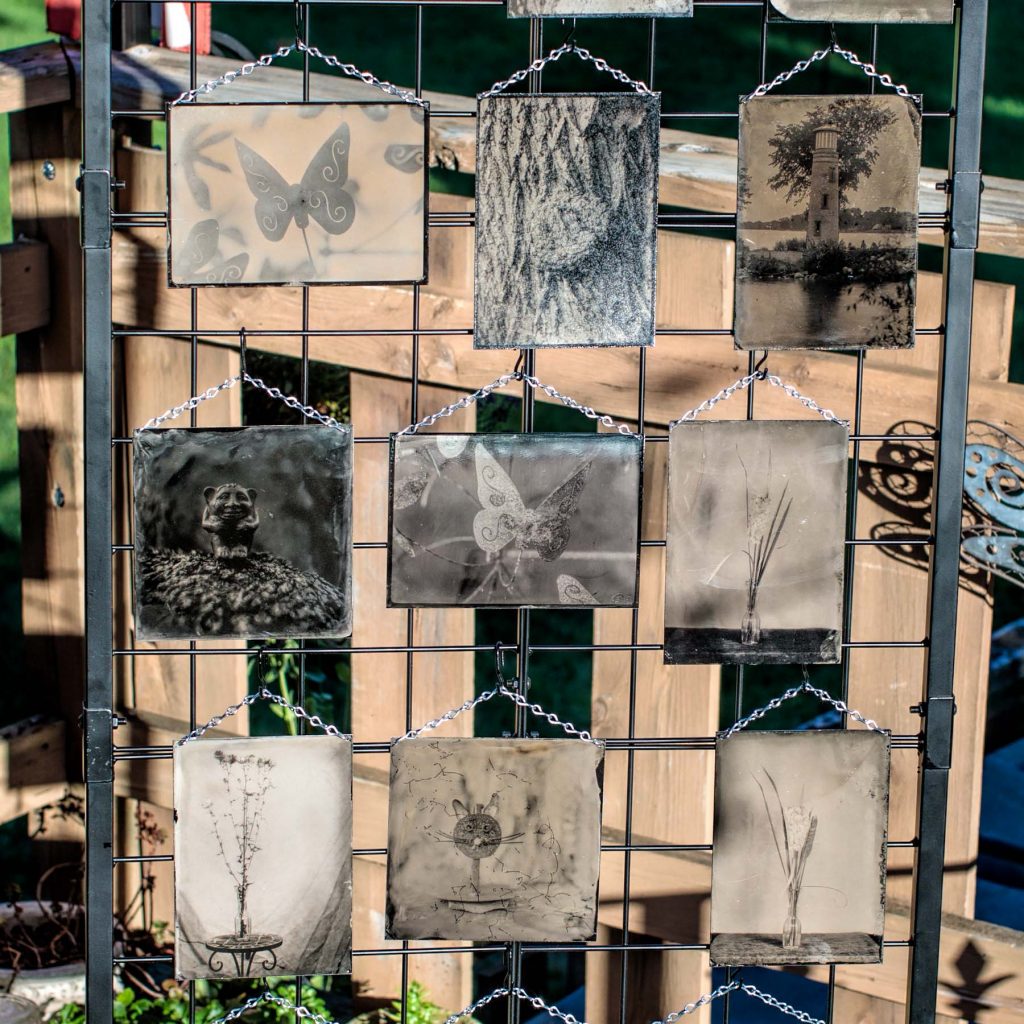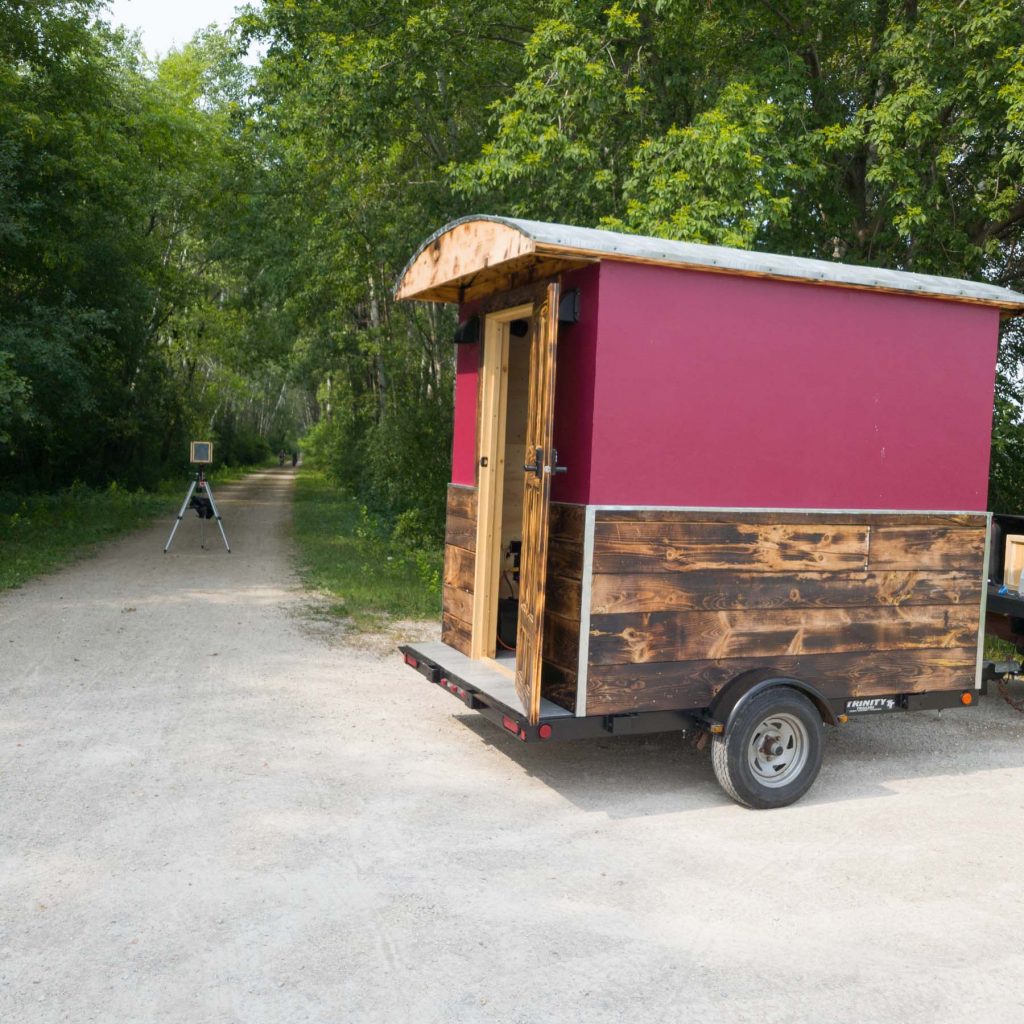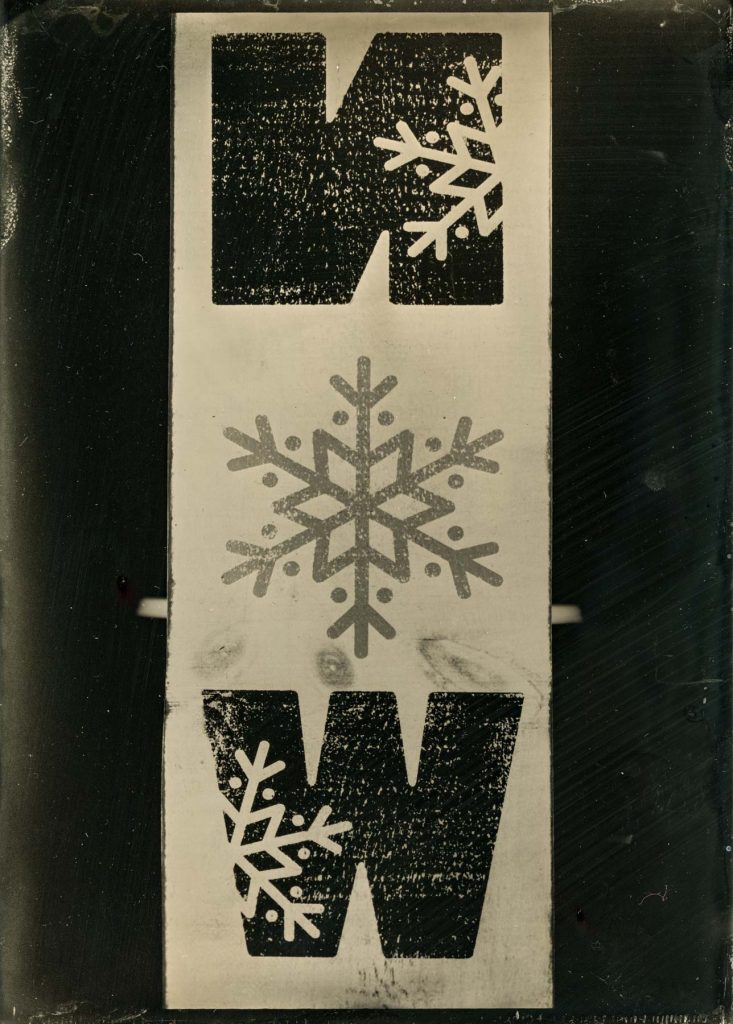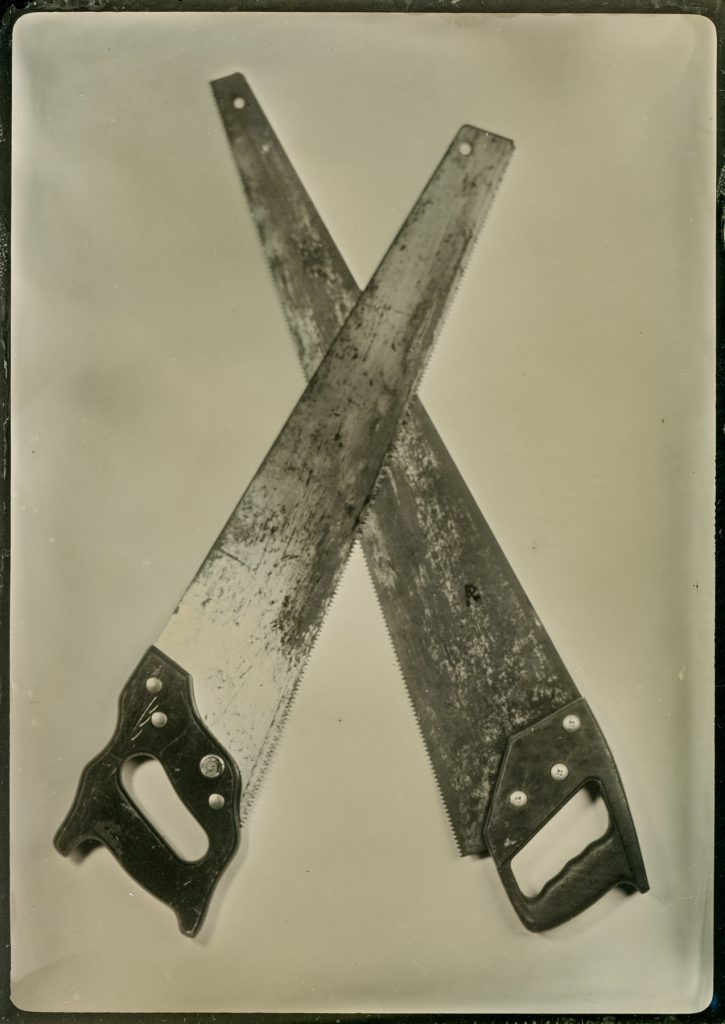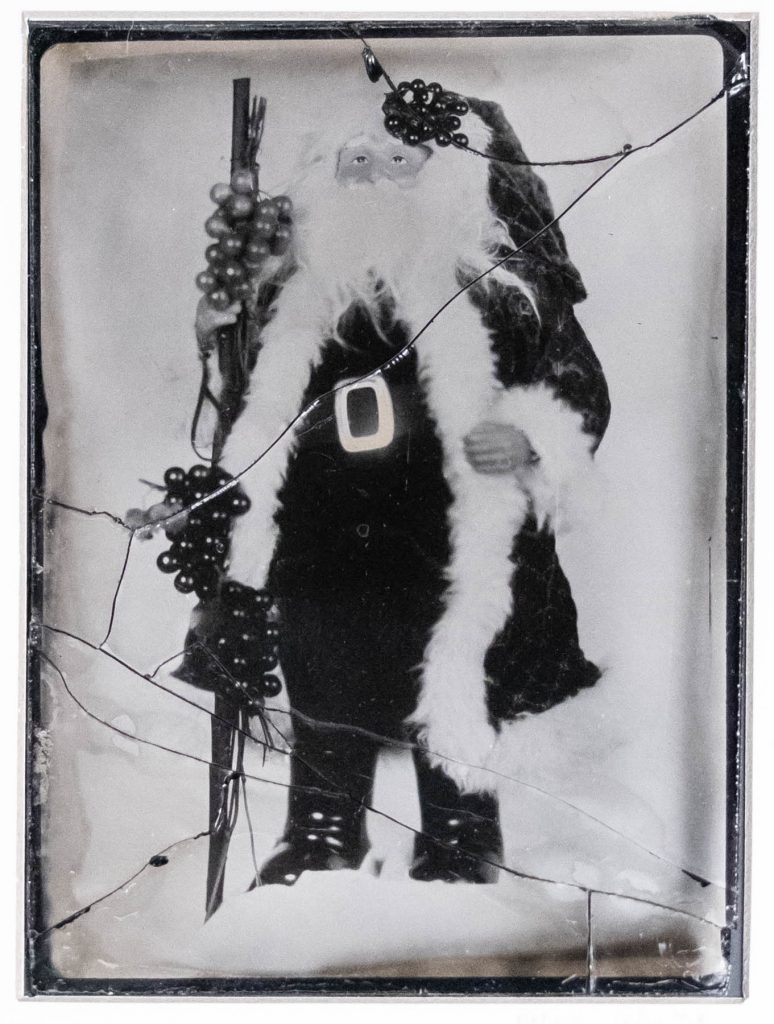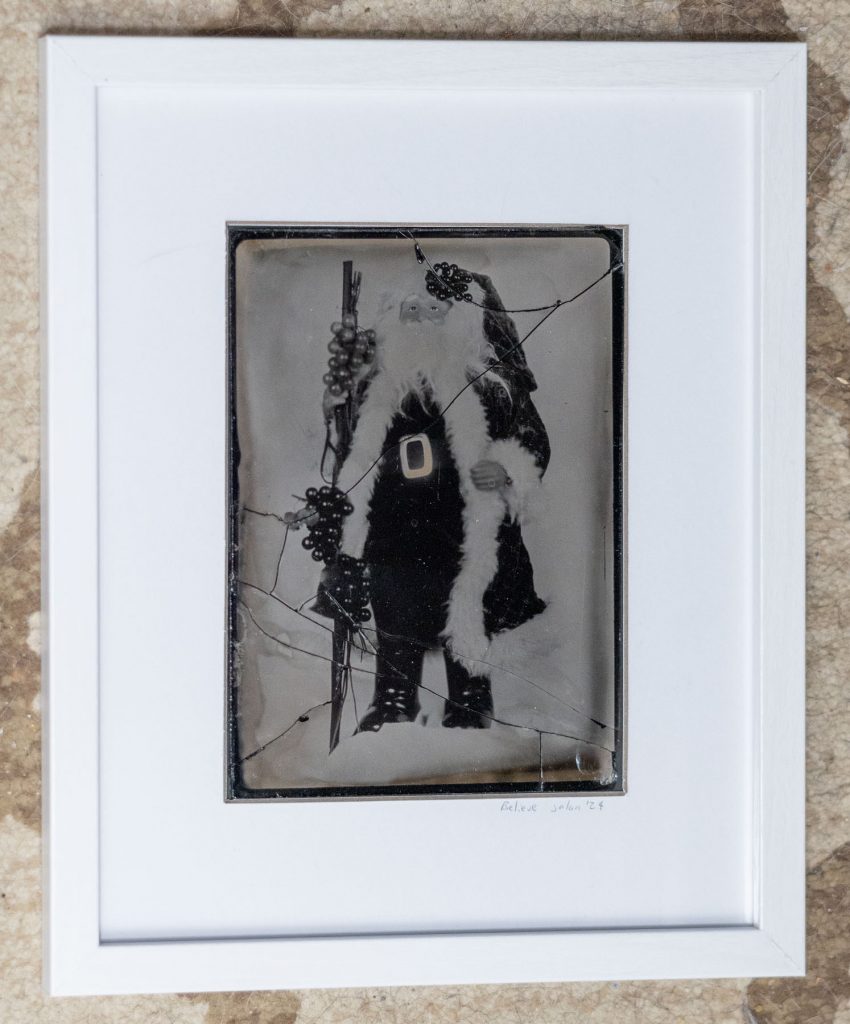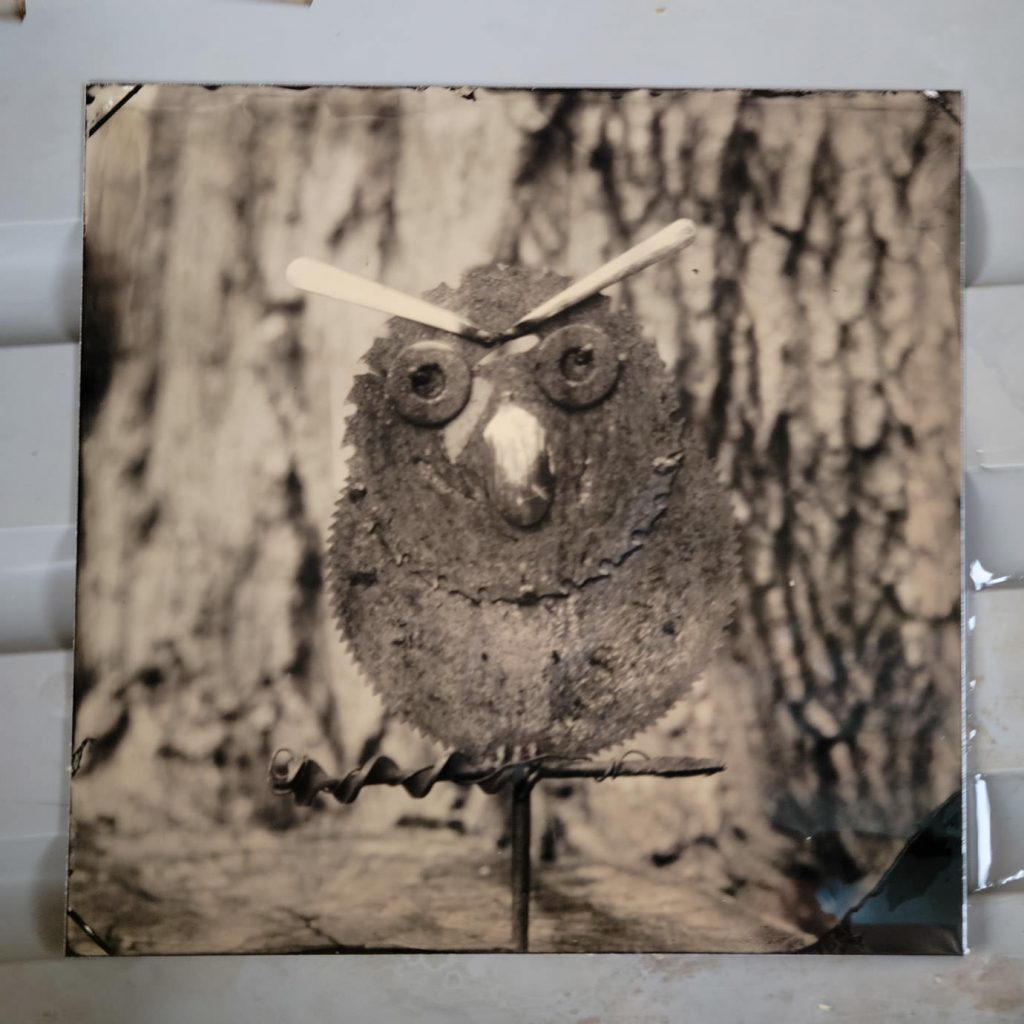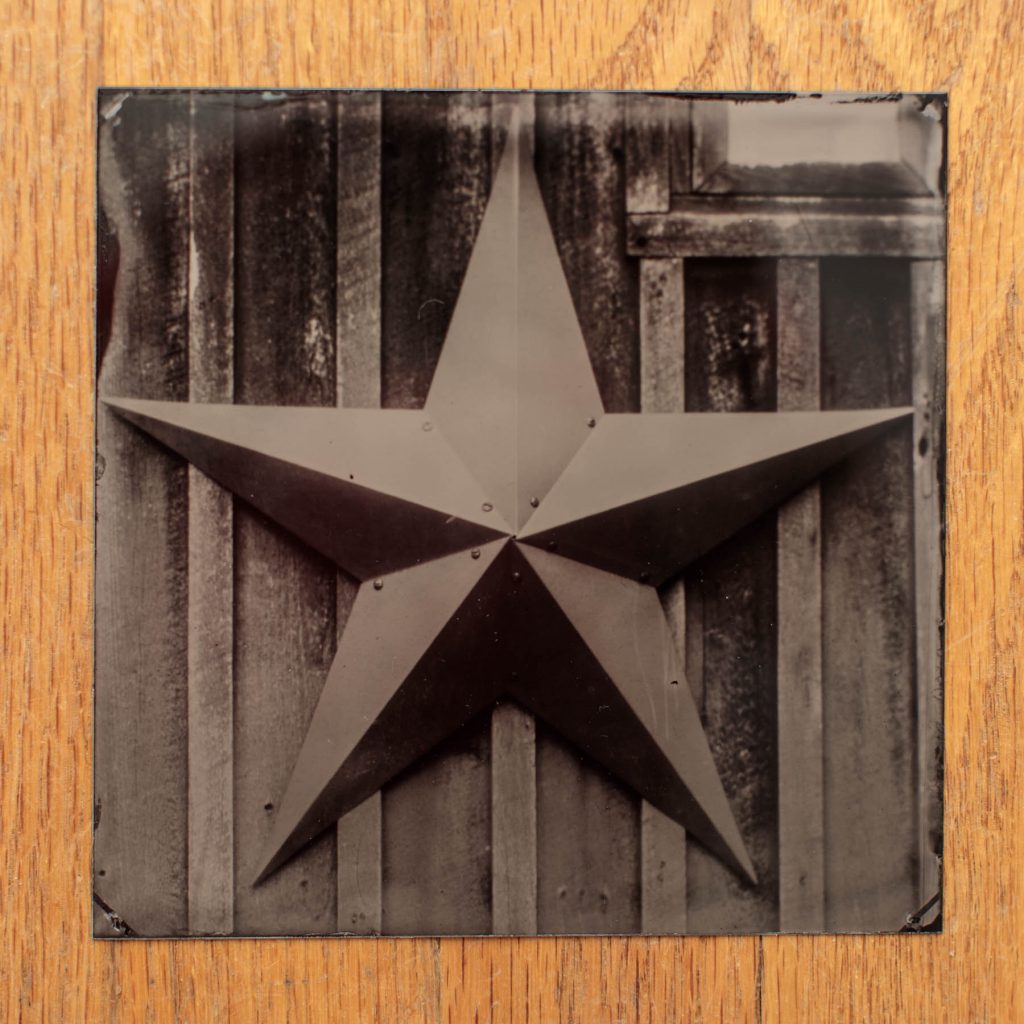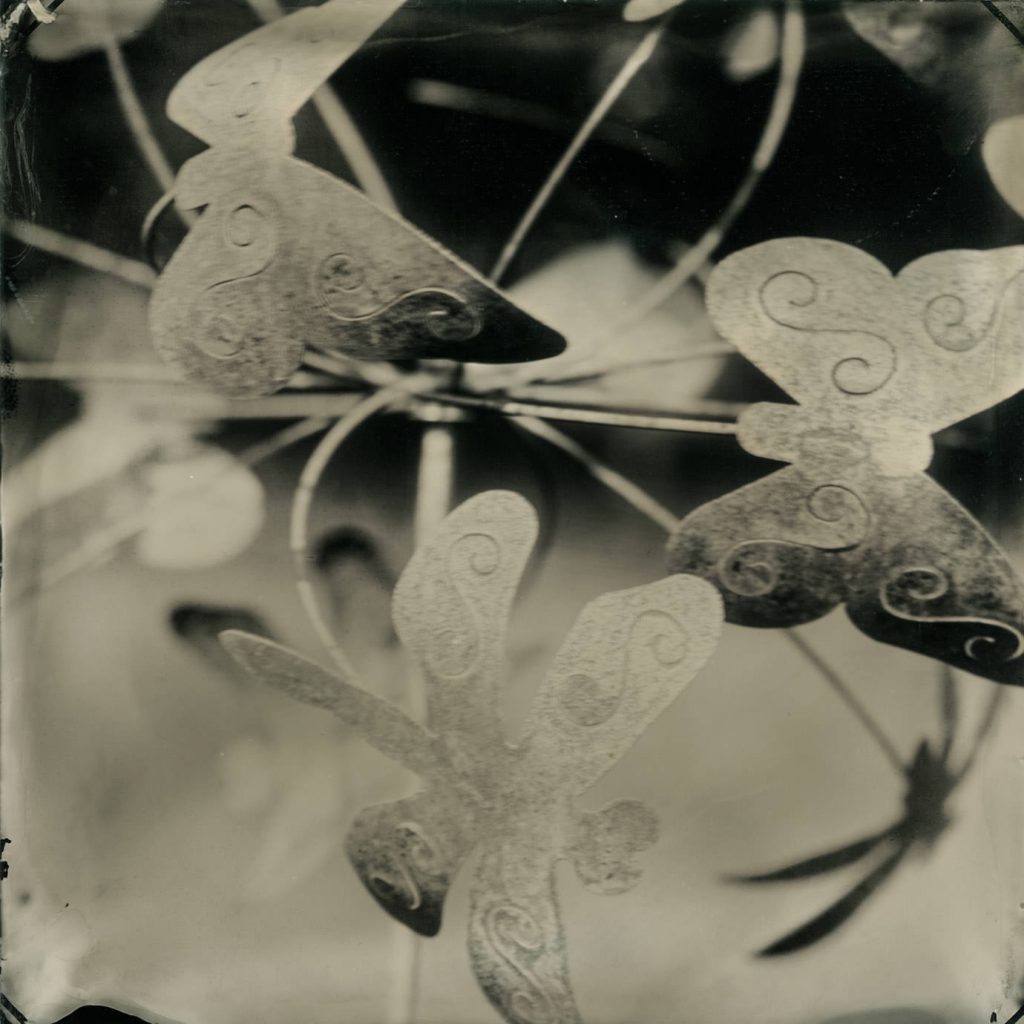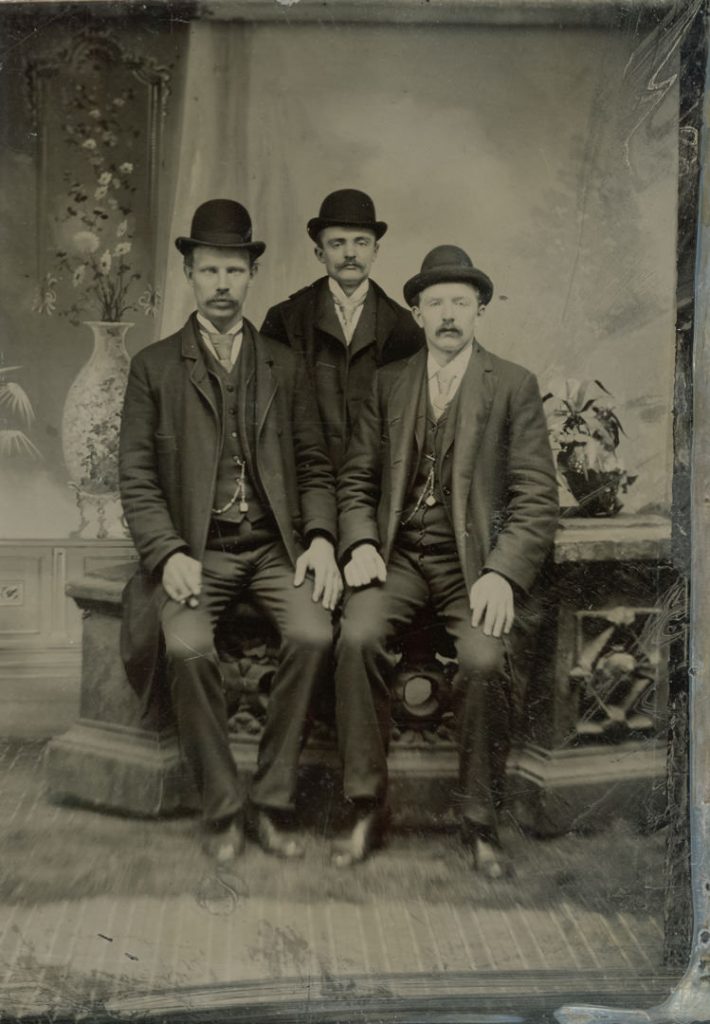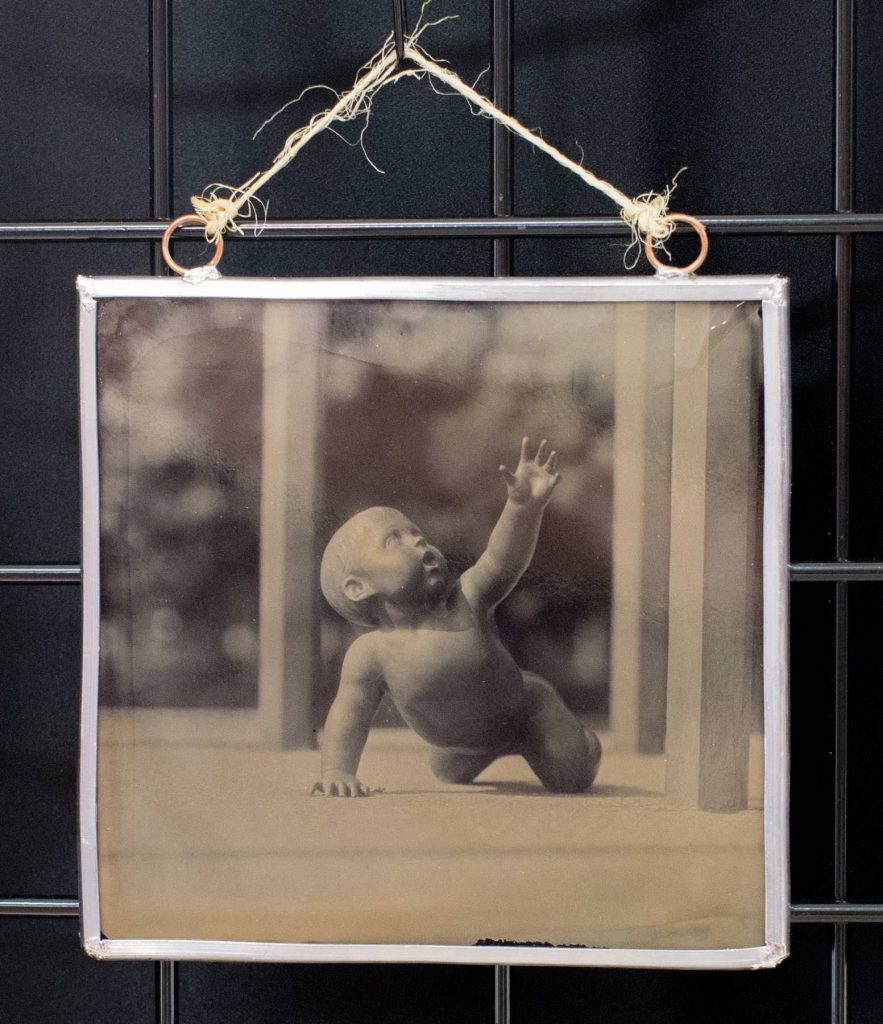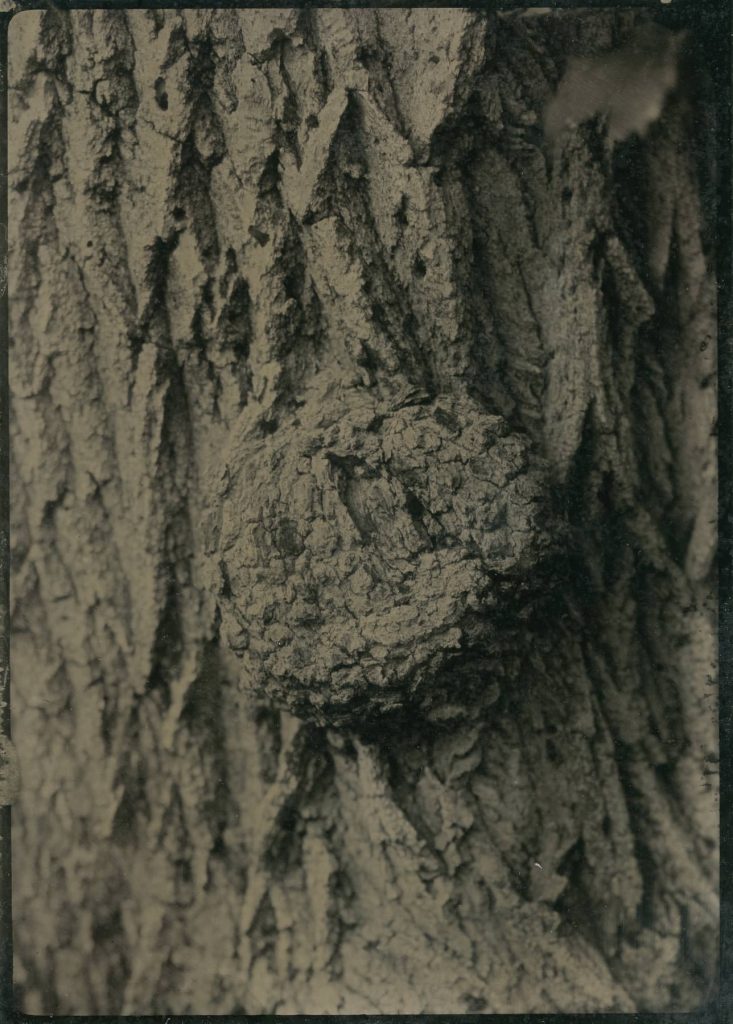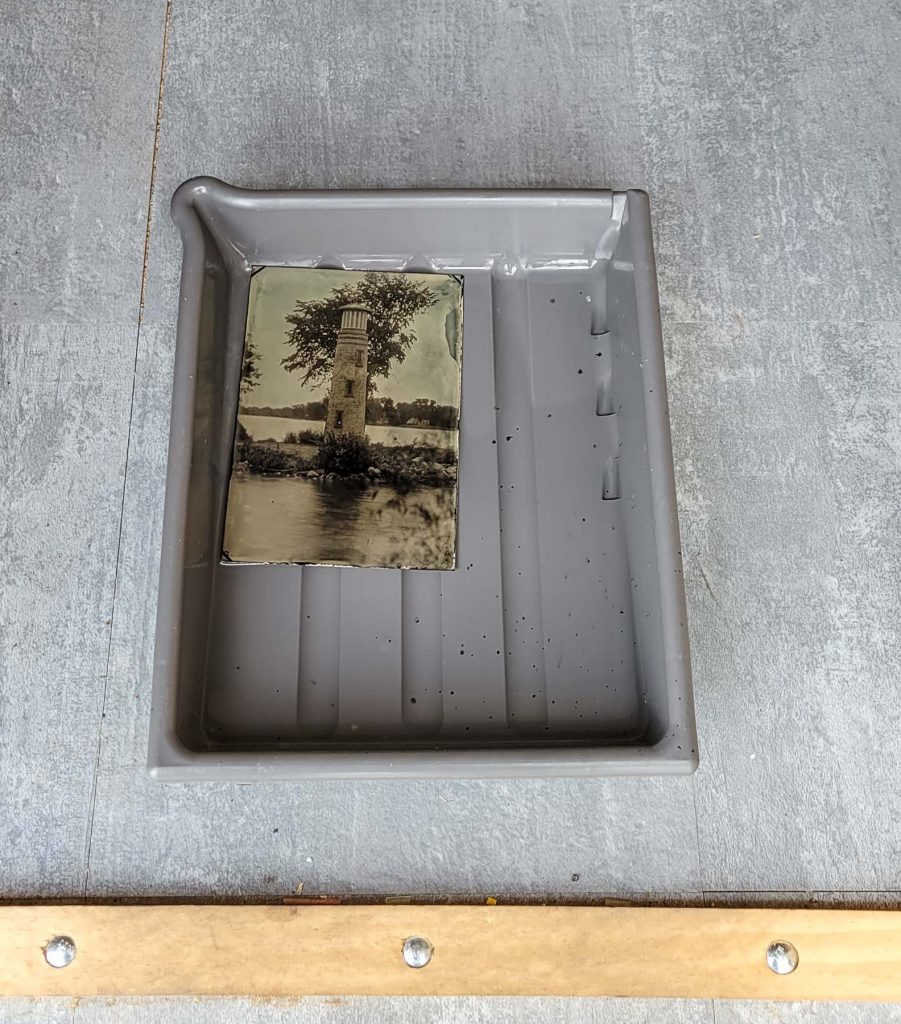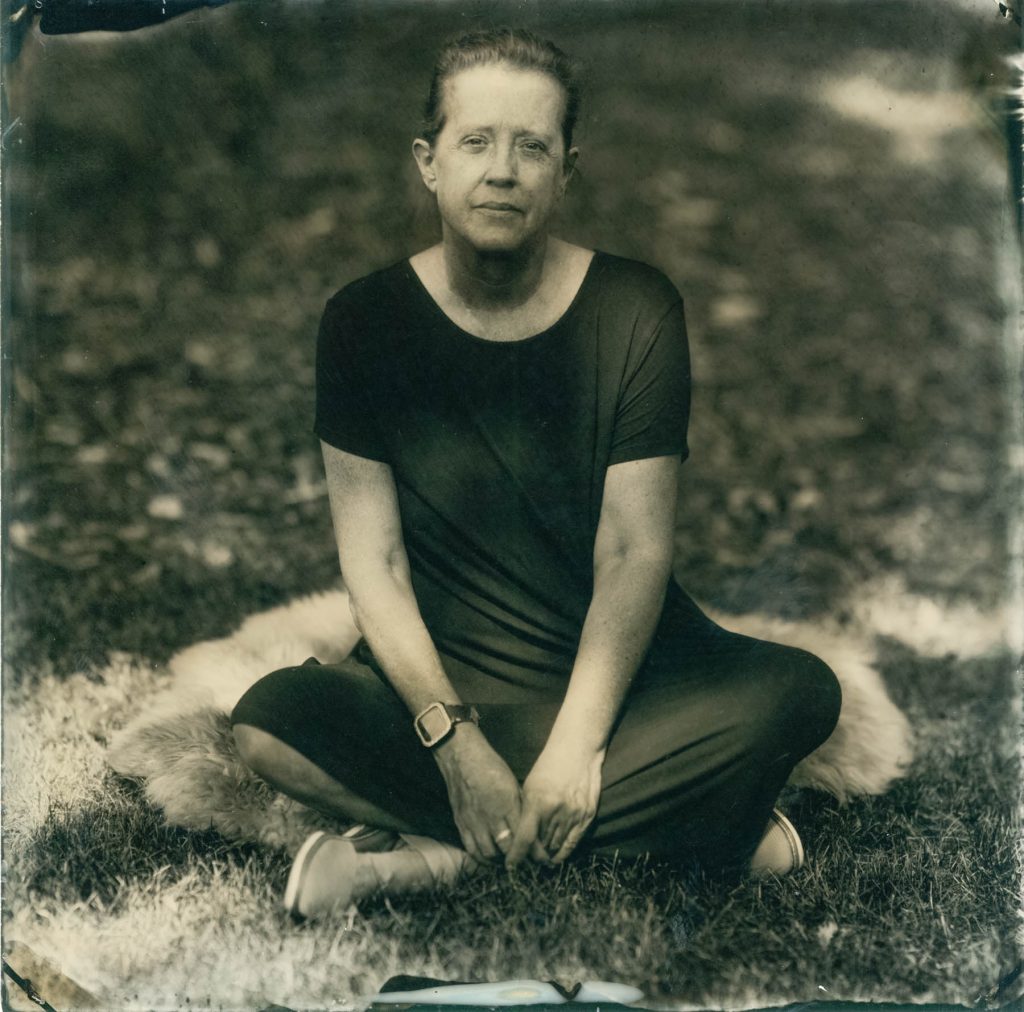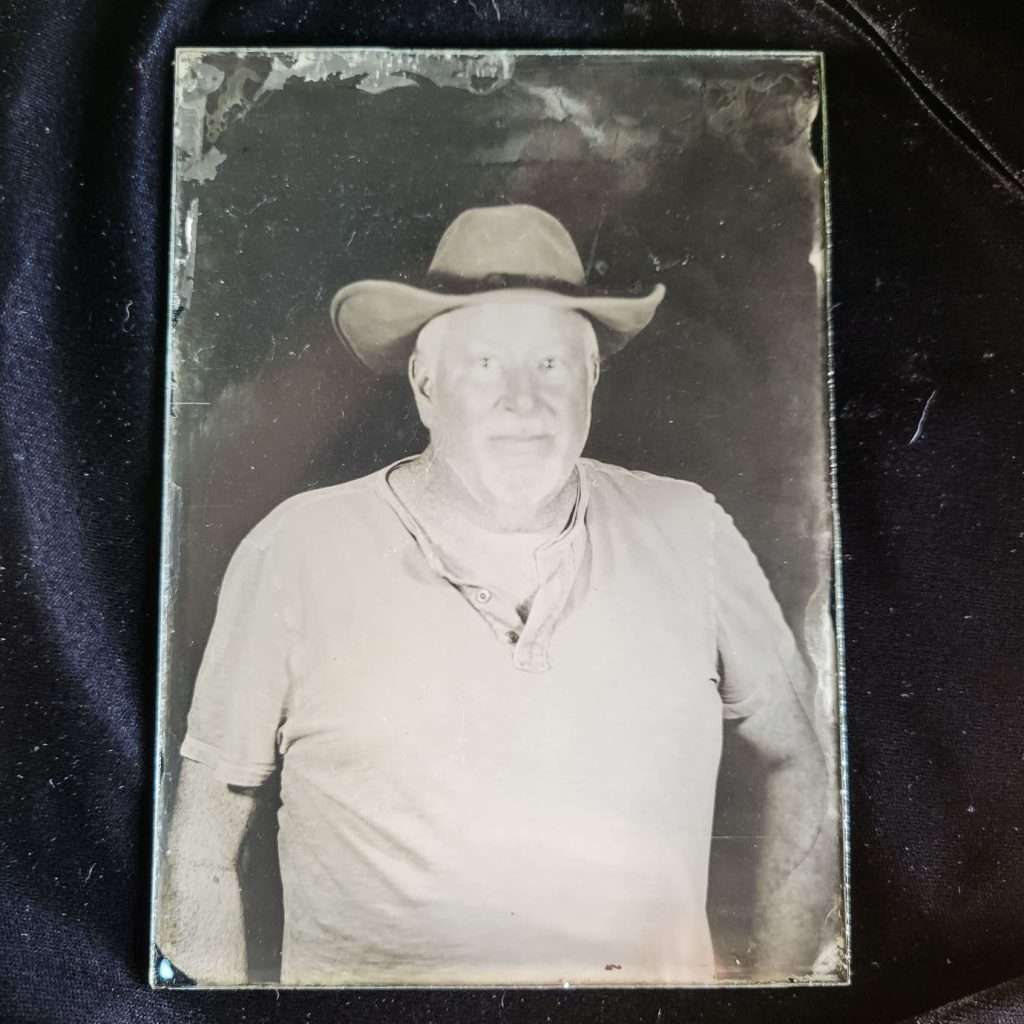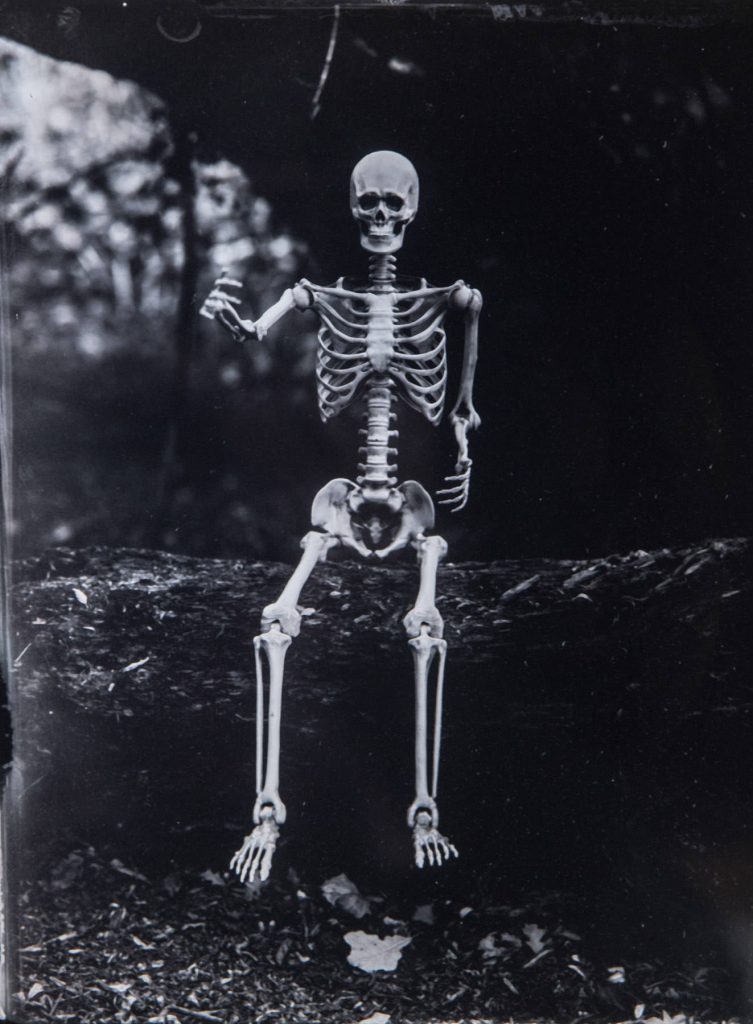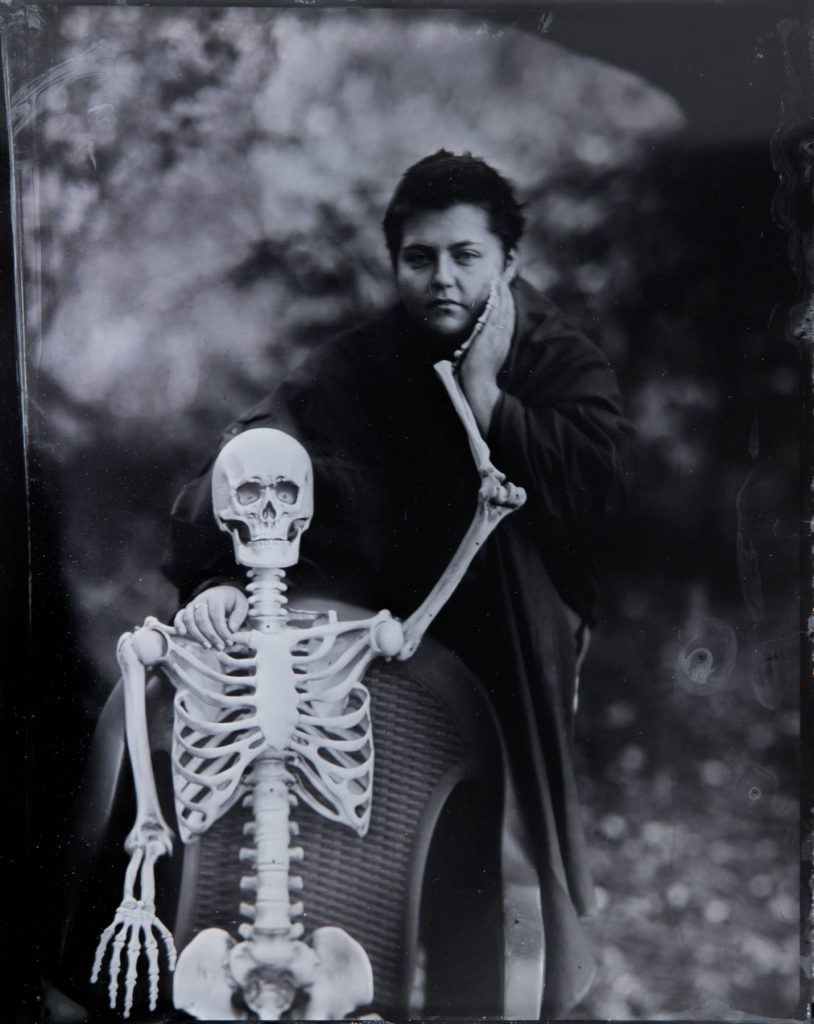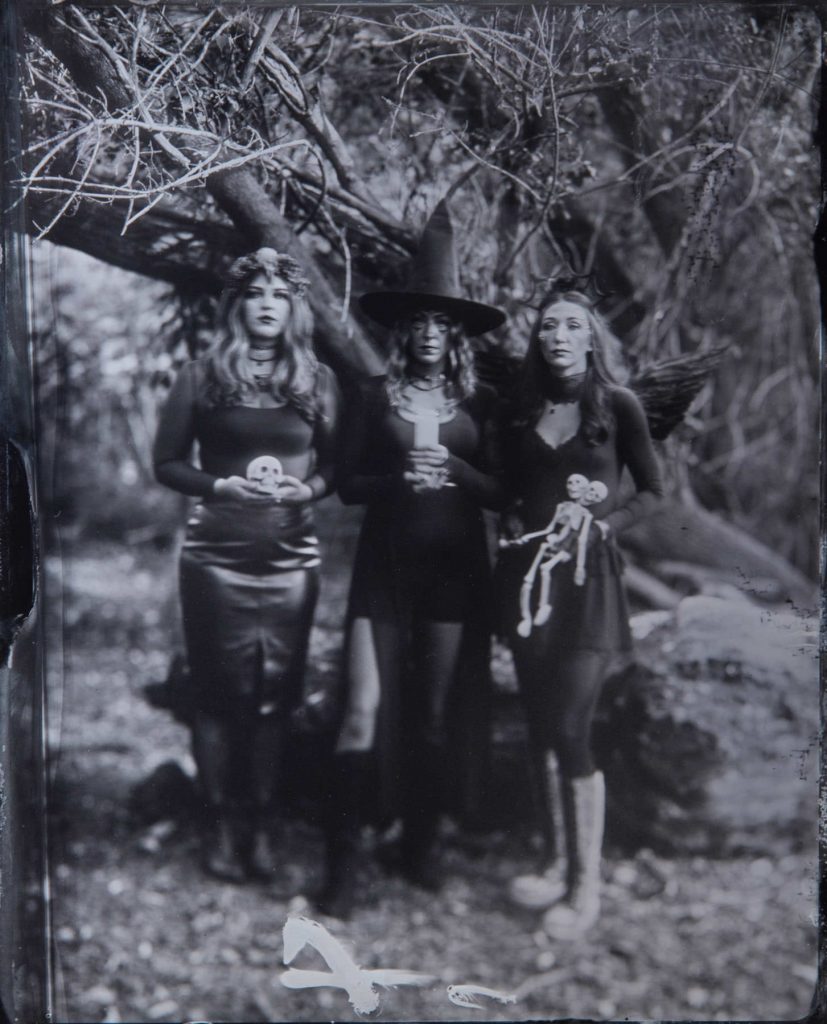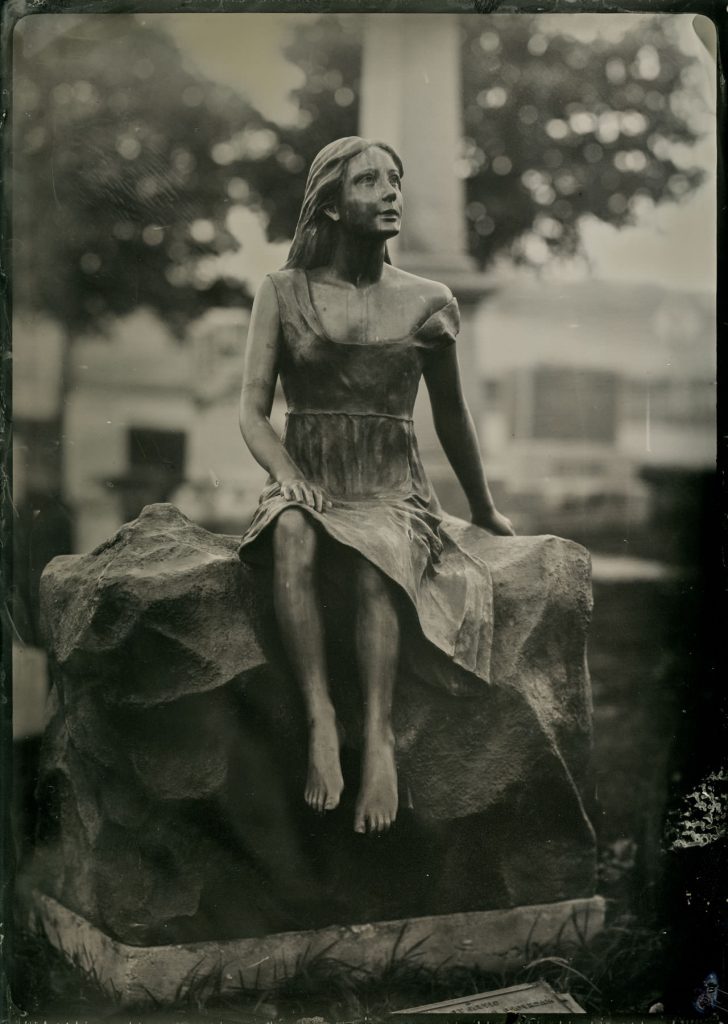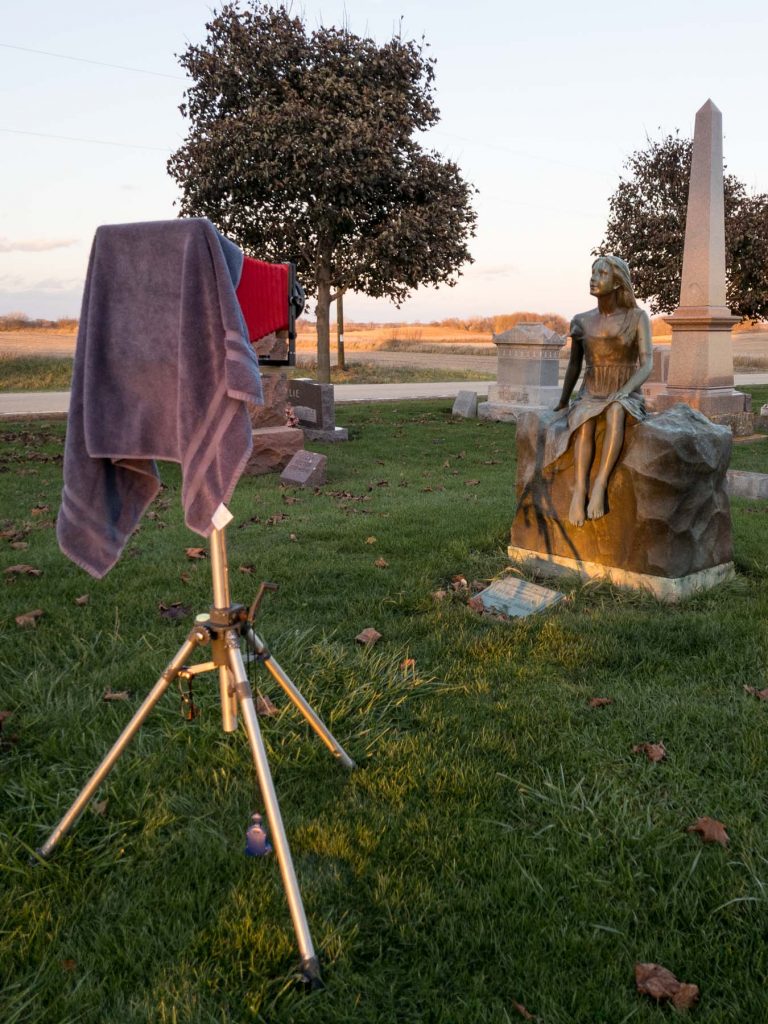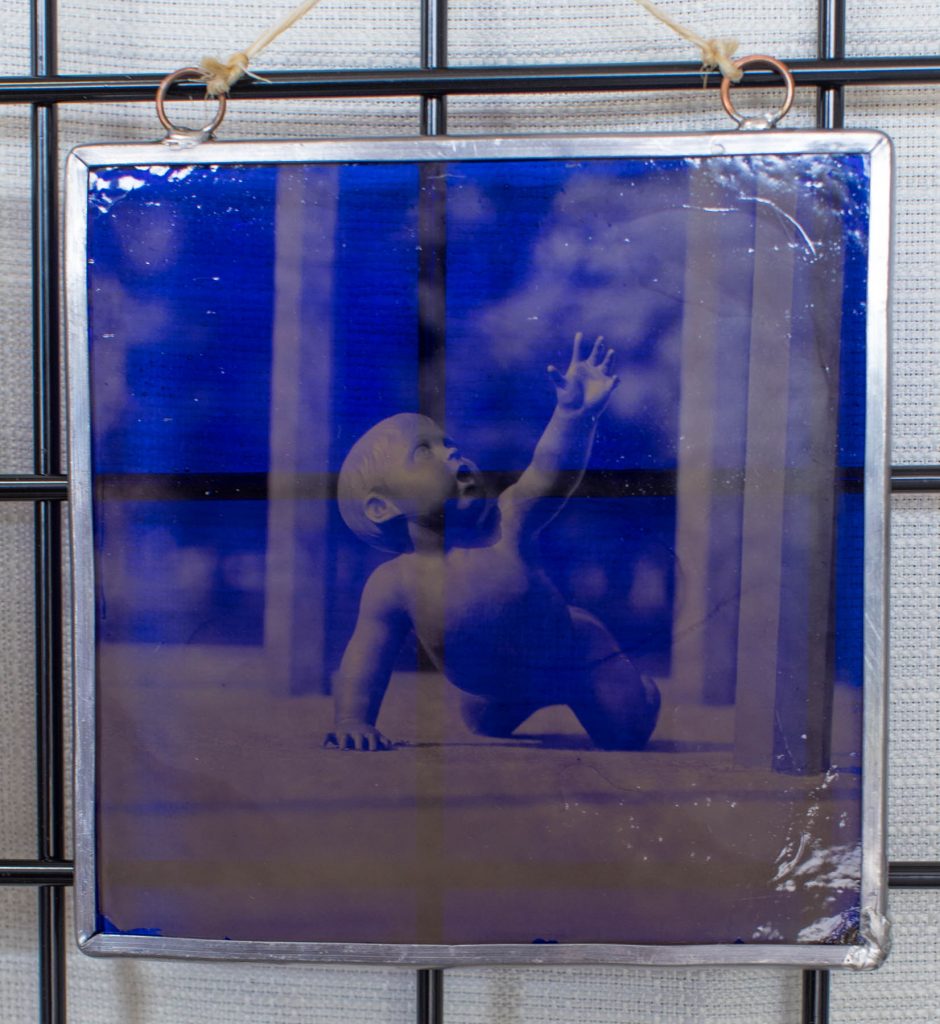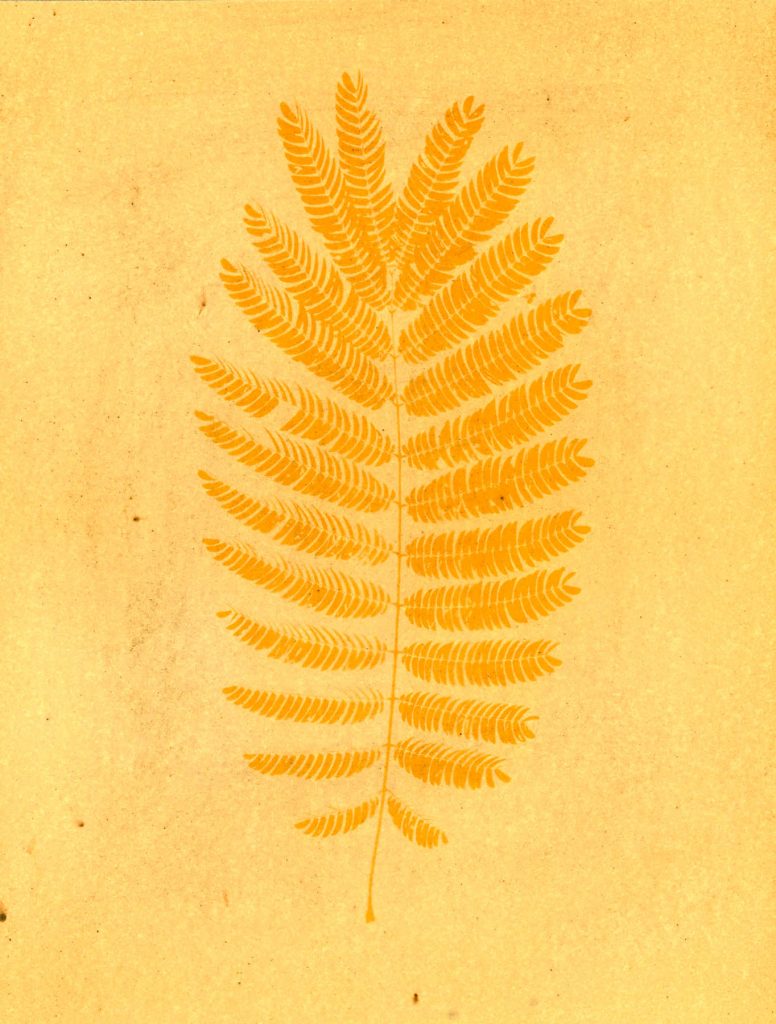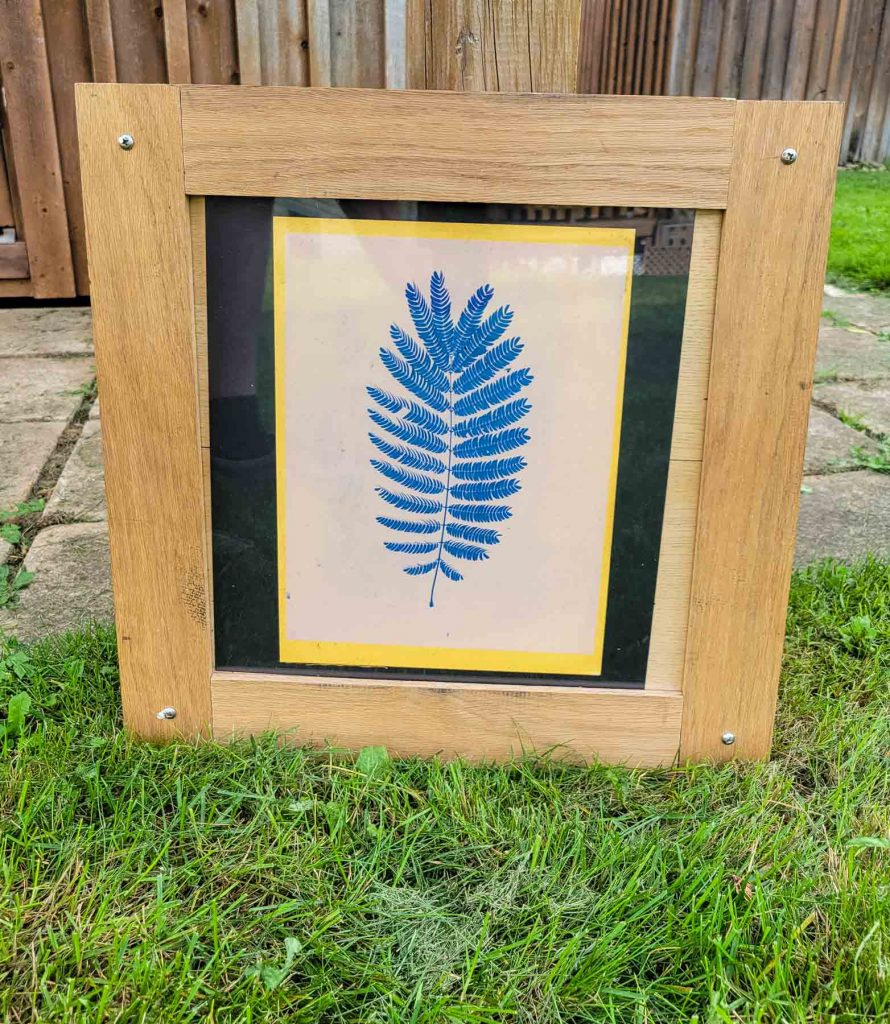Is it live or is it…
There was a series of commercials from back when my age was a single digital. They were for Memorex cassette tape and my favorite featured Ella Fitzgerald breaking a wine glass with her voice. They showed Ella doing the glass break live and then they broke another glass with a tape recording of her voice. So the message was you don’t need Ella Fitzgerald, all you need is a tape recording of Ella Fitzgerald.
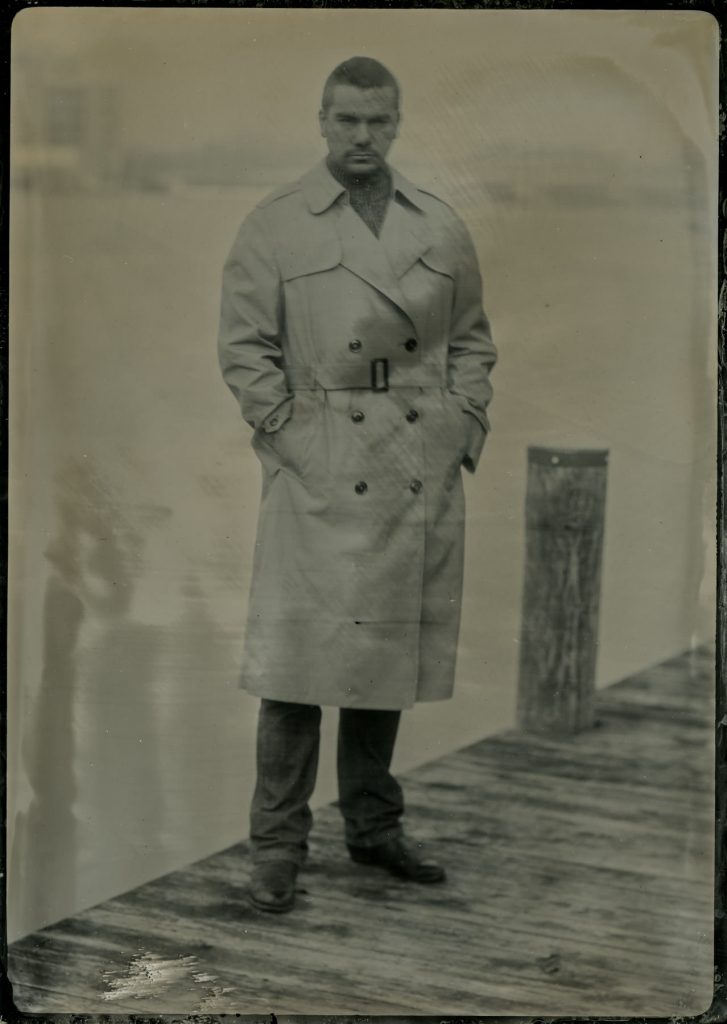
Fast forward to today and we see computers making pictures using algorithms deceptively called “AI”. The implication is you don’t need real photographs because you can just have the computer whip up a composite of a thousand other photos. This is nothing new, digital photography has been “Photoshoped” for decades so that one becomes distrustful of images.
I will go out on a limb here and declare that a recording of Ella Fitzgerald is a poor substitute for a real live performance. A faked photograph is a faked photograph no matter how sophisticated the algorithm.
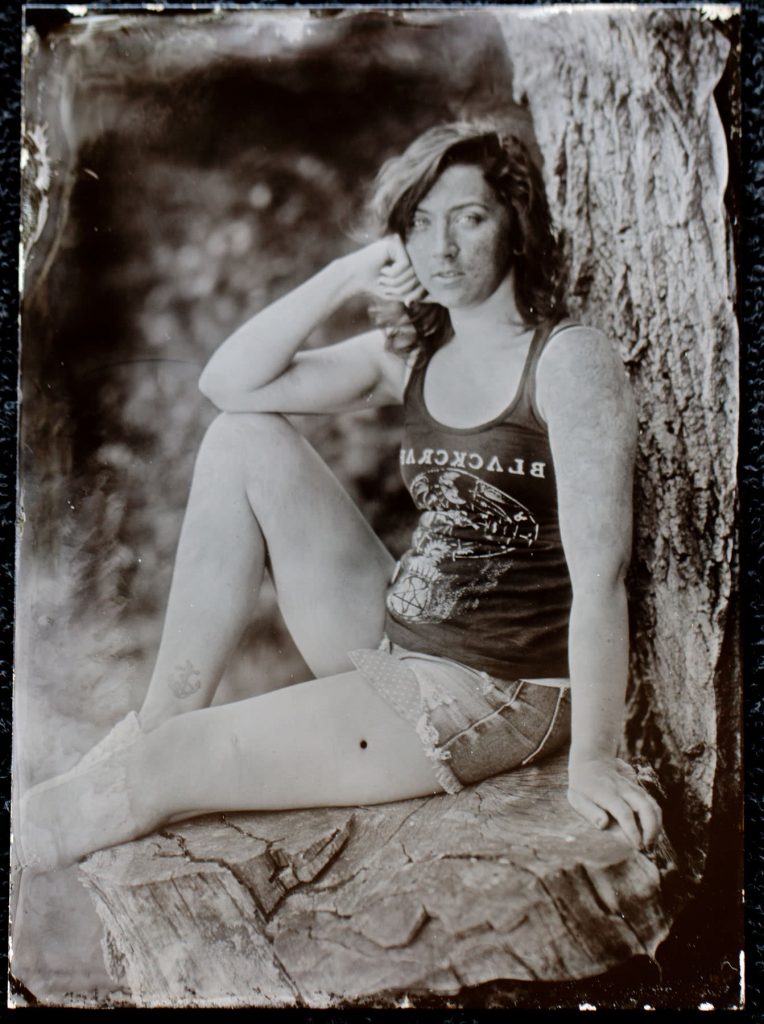
At Sun and Silver.photo I do real images of real life. No Photoshop, no adjustment, no fixing it in post; WYSIWYG (what you see is what you get). In a world awash in fake images I like that there are still honest images being produced.
So, is it live or is it Memorex? It is live!
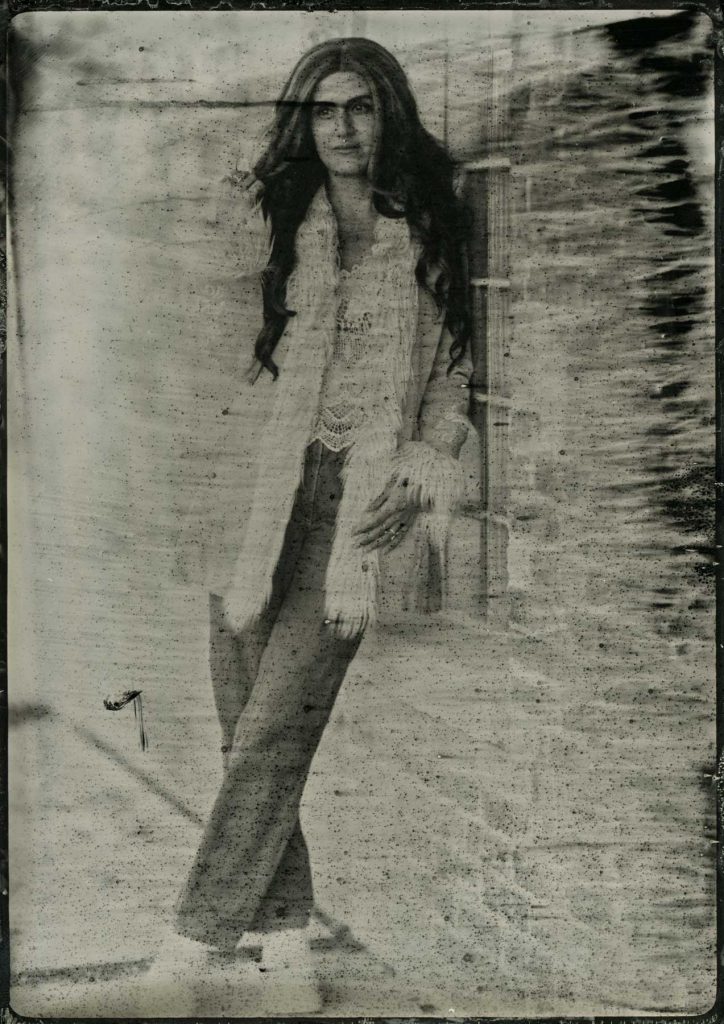
Want a real live portrait? Contact Me to set a session up!
Back to my Blog
Postscript
I also do digital photography, mostly weddings and portraits, at Jalanlee.com. Do I deliver totally untouched photos to my clients? No, that is not possible. Digital photographs are always adjusted for color, brightness, tonal ranges and a host of other factors. But do I deliver “honest, real life” images? Yes, most of my images try to capture people as they are. Images are edited for stylistic choices and not to deceive. And if an image is used in a composite it is clearly identified as a fantasy image.
